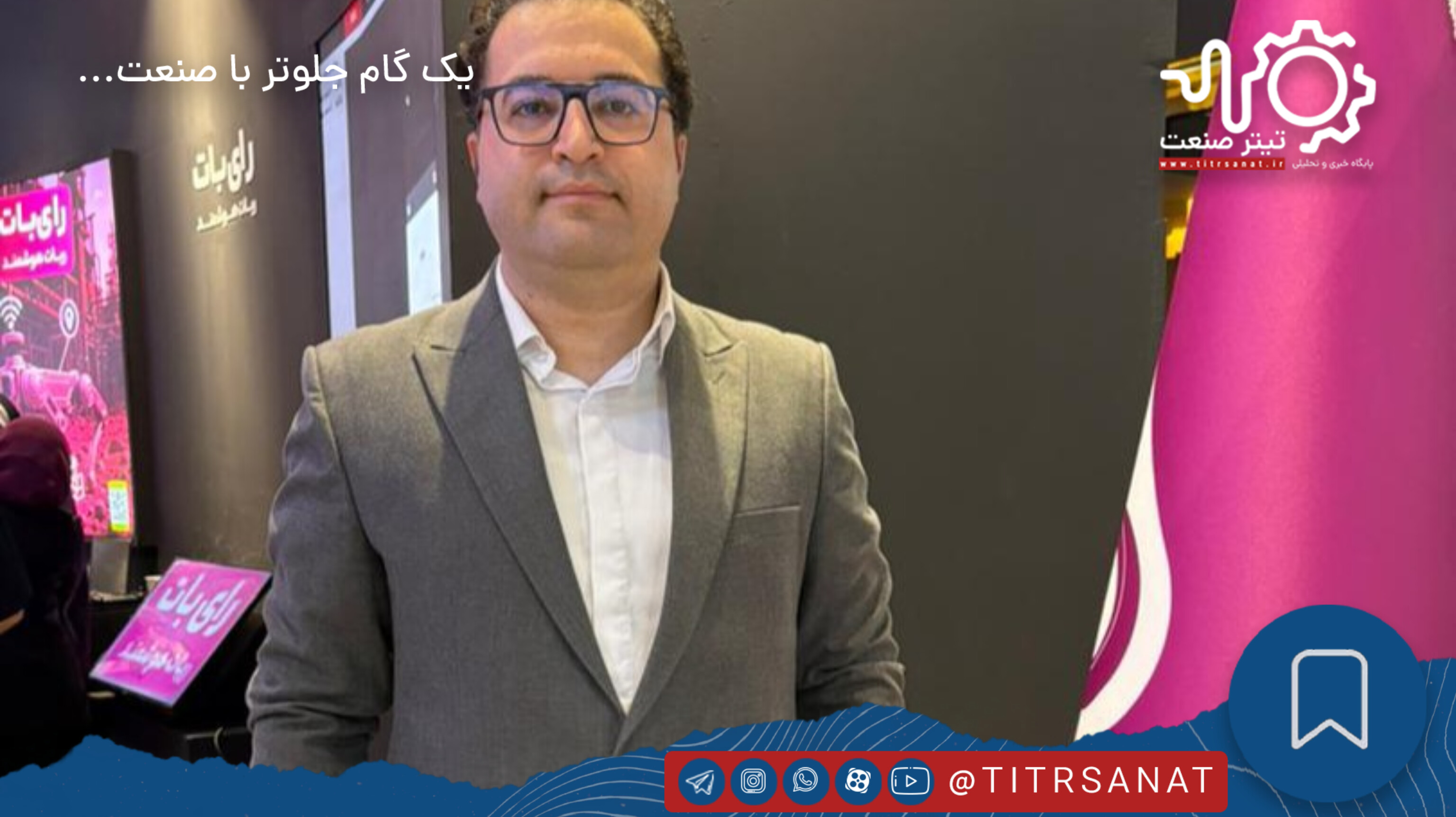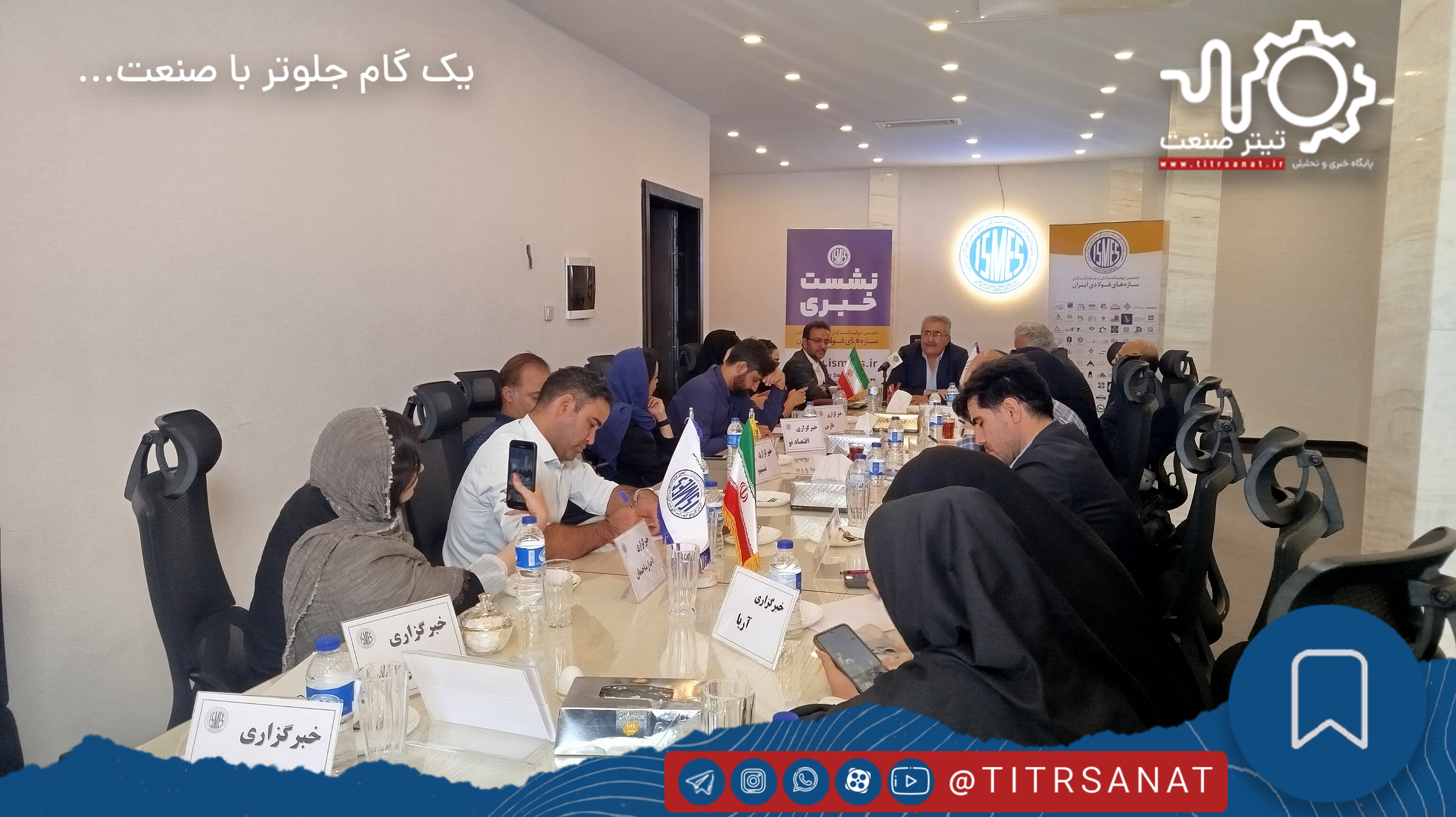According to Titrsanat, today’s communication landscape is fluid, fast-paced, and free of boundaries. In this digital ecosystem, where transparency has become a standard, relying on outdated structures and traditional approaches in public relations (PR) is no longer a strategy for ‘survival,’ but rather a path toward ‘irrelevance.’ Transforming PR practices and reshaping the mindset of top executives has become one of the most critical priorities for modern organizations. This change is not an option, but a necessity for growth and advancement.
From Transformation to Excellence in Public Relations
From a linguistic perspective, ‘change’ refers to transformation and conversion. In the growth trajectory of organizations and individuals, we pursue positive (constructive) change; the kind of transformation that leads to dynamism and excellence. A brief look at the professional landscape of the country shows that despite ongoing efforts, a significant gap remains between domestic approaches and global standards. If we fail to move quickly, the cost of falling behind will be irreversible.
Shedding the old from within: Change begins with beliefs.
As stated in religious teachings, ‘God does not change the condition of a people unless they change what is within themselves.’ Change must first begin in the mind, in personal beliefs and attitudes. Resistance to change is natural, yet understanding that change is a constant reality is the first essential step. This internal transformation is necessary for progress, because without reshaping foundational beliefs, any effort to improve external conditions is destined to fail.
The Impenetrable Barriers to Change in Organizations
The greatest challenge lies in the barriers that emerge both at the individual and organizational levels:
Internal resistance: pride, fear of losing existing advantages, fear of criticism, and a lack of motivation to build new habits.
Short-sightedness and complacency: impatience toward gradual results and relying solely on existing resources without embracing accountability.
Why do top executives resist modern PR?
In today’s global communication system, public relations is no longer an advertising unit or merely a ‘crisis firefighter’; it is a fully strategic function. Senior executives face both structural and psychological barriers in accepting this new paradigm.
Anti-meritocratic dominance: fear of having one’s position challenged, the urge to preserve ‘safe zones,’ and the prevalence of political maneuvering over meritocracy hinder the adoption of modern PR ideas.
Short-term financial assessments: financial managers and decision-makers often evaluate strategic PR—which delivers long-term outcomes such as reputation, risk management, and trust—through rigid metrics like immediate sales or ROI, leading them to underestimate its importance.
Fear of transparency and two-way engagement: traditional managers avoid social platforms that require direct accountability and the acceptance of criticism. They still believe problems must be concealed, while modern PR builds credibility on honesty and the acknowledgment of imperfection.
The digital knowledge gap: many leaders fail to grasp the true power of social media, narrative dissemination, and influencer impact, and they underestimate the importance of investing in skilled digital PR teams.
Organizations whose leaders refuse to embrace fundamental changes in public relations will lose not only market share but also their credibility when competing with agile, transparent, and modern institutions. Ultimately, they will be left as ineffective and underperforming organizations.
In conclusion, here are several key public relations terms inspired by the statements of Professor Dr. Shokri Khaneghah:
– Intelligent strategy is the driving force behind tomorrow’s communication management.
– Artificial intelligence and learning algorithms have transformed the communication engine from reactive to predictive.
– We must take the new global paradigms of the intelligence era seriously.
– A professional public relations system is built upon a communication-oriented mindset, strong communication skills, knowledge-based practices, and problem-oriented strategic thinking.
– Artificial intelligence is a smart advisor for smart leaders.
– The role of communication management has shifted from a ‘message conveyor’ to an ‘agile strategic architect.’
– Artificial intelligence has transformed communication from reactive to predictive.




















Comments